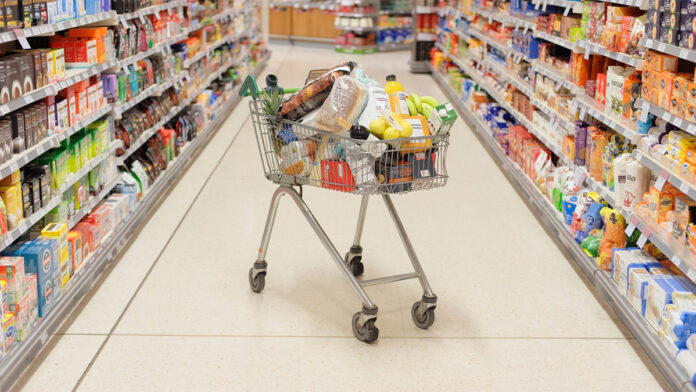In 2021, the world packaging market has returned to solid growth following a slowdown witnessed in 2020, as multiple end-use industries were disrupted by Covid-19. Total value will pass an historic landmark and reach $1.01 trillion in 2021, according to data from the new Smithers study – The Future of Global Packaging to 2026.
This pools data from across Smithers network and expertise in all packaging segments and material types (paperboard; metal; glass; rigid plastics; flexible plastics, paper and foil; and other). It forecasts that, having seen 4.8% growth over 2020-2021, there will be a return to a steady compound annual growth rate (CAGR) of 3.9% for 2021-2026. This will yield a total market value of $1.22 trillion in 2026, at constant prices.
This expansion is conditional on reacting to new imperatives, consumer demand and changes in sales channels for packaged goods. These are tracked in detail in the new Smithers study across eight regional and 57 leading national market.
This shows that China remains the largest national market worldwide, worth $256 billion alone in 2021. It will also be the fastest growing through to 2026, furthering its dominant position. This is ahead of the US worth $197.2 billion in 2021; and Japan $53.2 billion, India $48.2 billion, and Germany $39.3 billion.
Over the next five years, North America will see the slowest rate of expansion, while China’s rapid economic and consumer recovery will make Asia the leading contributor to world growth.
Globally paperboard packaging – corrugated, folding cartons and liquid packaging board – is forecast to grow sales at the fastest rate over the next five years. This is attributable to several factors, first a growing preference for fibre-based packaging aligning with brand owner sustainability goals and legislation focussed on the transition towards circular economy models. Paperboard packaging, especially corrugated board, has benefitted from the surge in e-commerce sales during the pandemic. As this translates into a more enduring shift in consumer purchasing patterns, it will underpin additional growth through the 2020s.
Simultaneously folding cartons use will increase in four sectors luxury items, pharmaceuticals, beverages, and retail food carryout formats.
The second fastest growing material segments will be rigid and flexible plastics. While these are often viewed as the least sustainable packaging types, both will benefit from design innovation and a raft of new recycling technologies, both mechanical and chemical over the five-year Smithers forecast period. They will also continue to prove popular in developing markets, where they present convenient, effective, low-cost solutions as consumers transition to buying more packaged goods.
Glass, metal, other packaging and flexible papers are forecast to grow at lower rates than the global average. Flexible foil consumption is forecast to decline, as formats like multi-layer laminates are replaced by mono-material barrier plastics.
Industrial/transit is the largest packaging end-use application accounting for 41.6% of world sales in 2020, followed by food with 29.6% and beverages with 13.9%. Healthcare is forecast to grow packaging sales at the fastest rate, followed by food, and then beverages. In industrial formats, intermediate bulk container (IBC) sales are predicted to grow at the fastest rate, complimented by increased demand for plastic and steel drums due to their durability and reusability.












